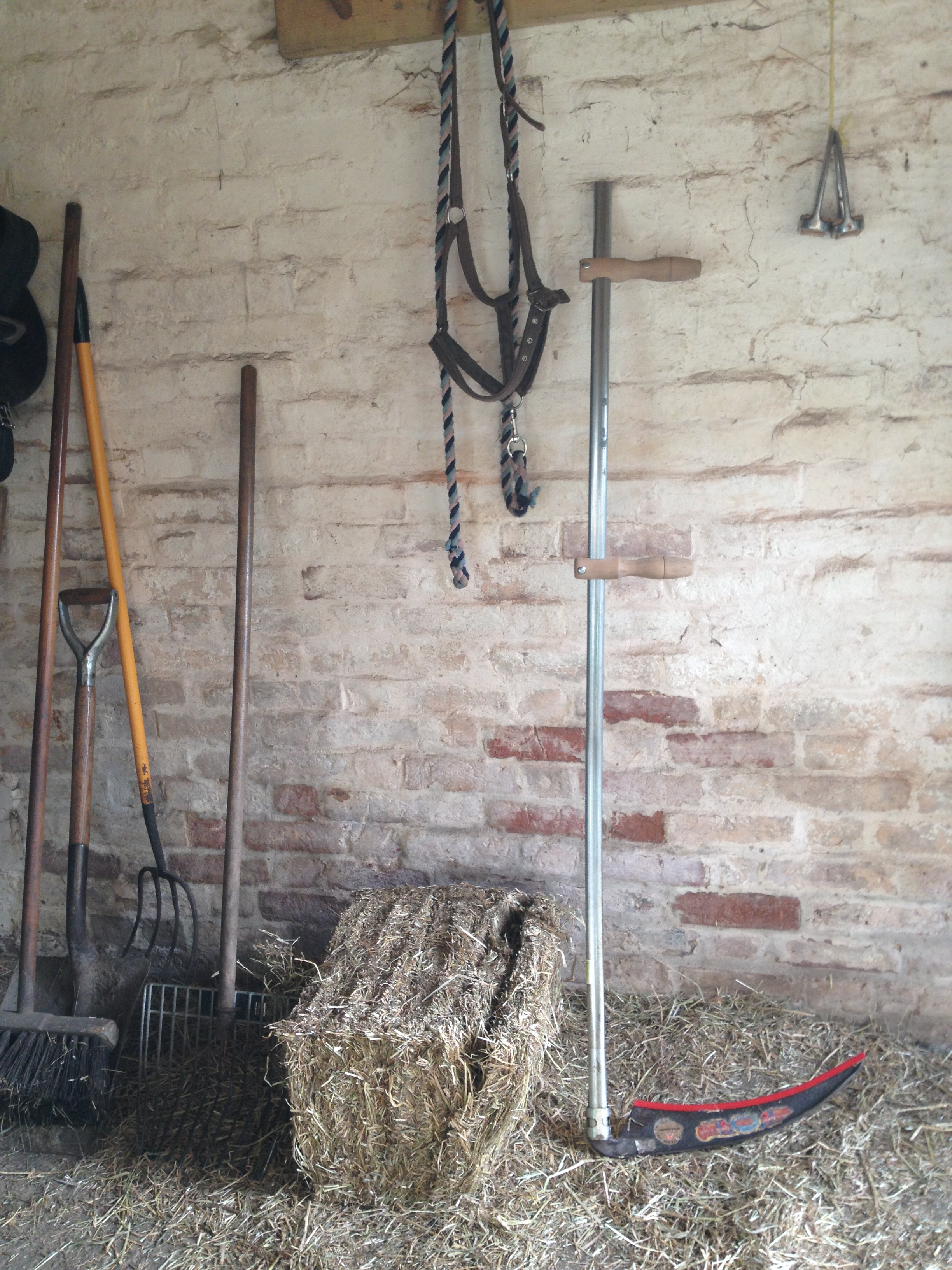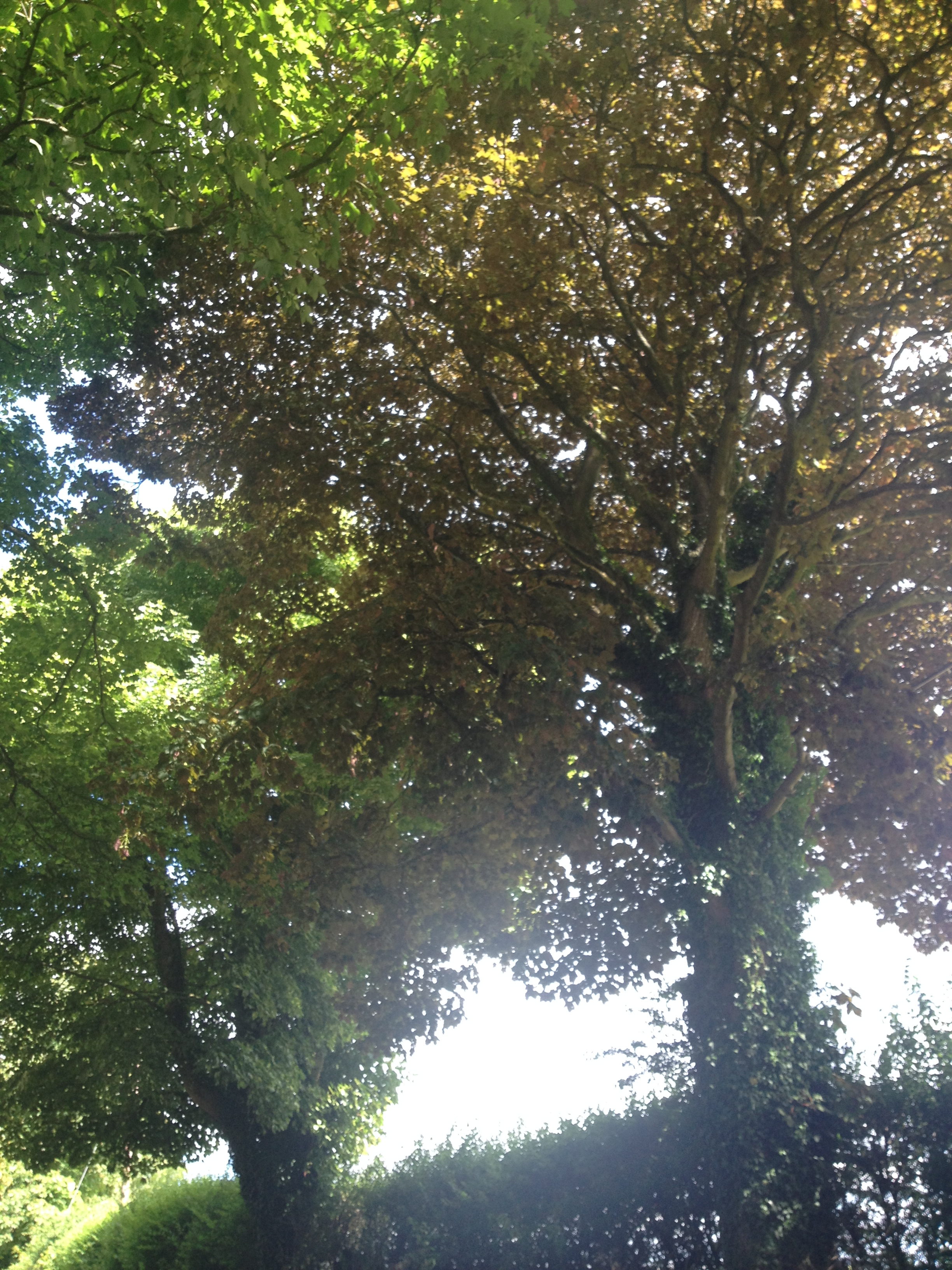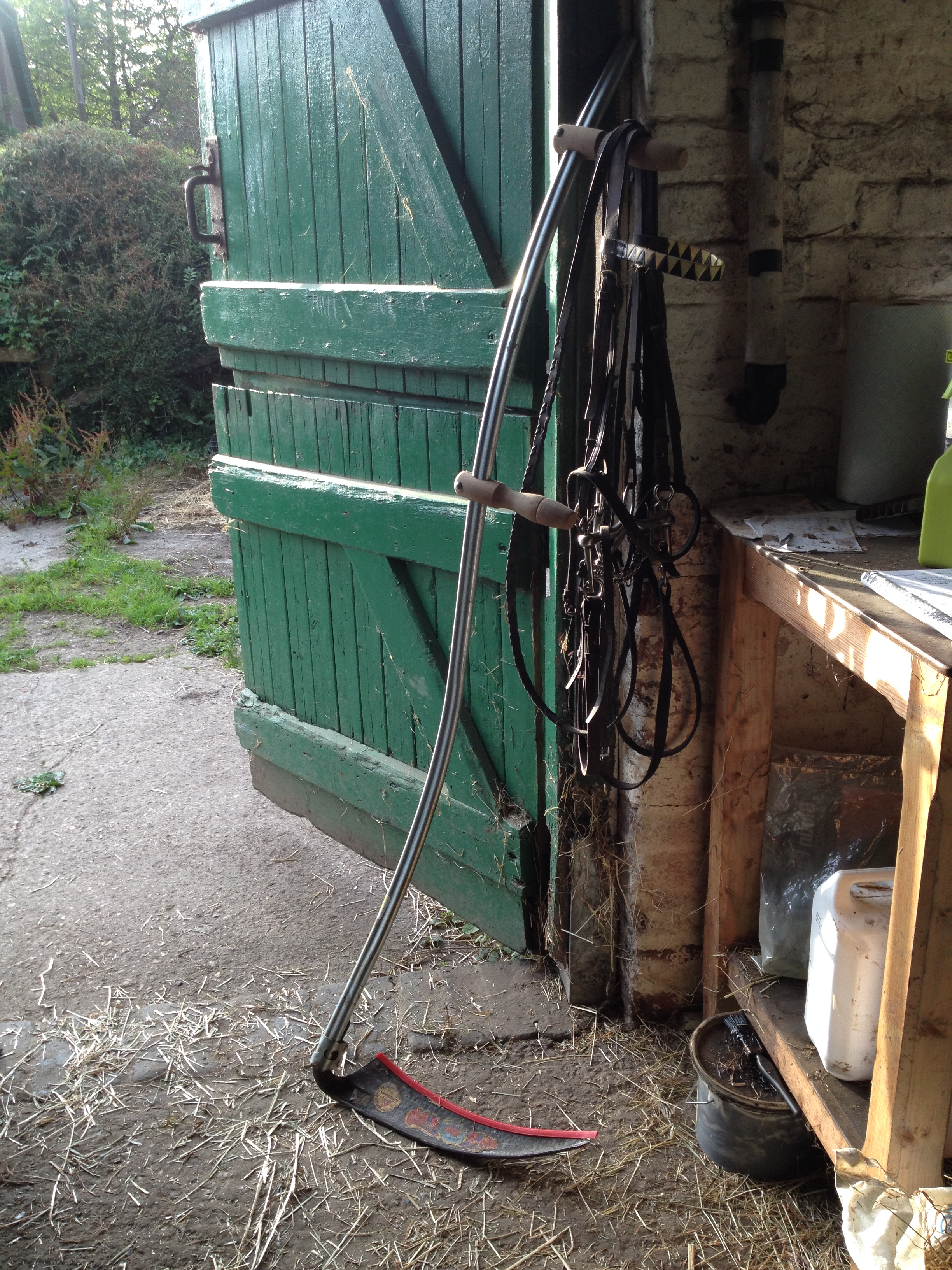Pulling Ragwort.
 I love the ritual of pulling ragwort. We make a heap of it, slapping bites from horse flies with the clap of a flat palm and a smear of our own blood.
I love the ritual of pulling ragwort. We make a heap of it, slapping bites from horse flies with the clap of a flat palm and a smear of our own blood.
For a few weeks, I’ll wear an unscrubbable half-moon of dark juices beneath my fingernails and know its July stink and bitter-green taste on my fingers again.
Pulling ragwort like this probably produces more rosettes next year; but with the constant grazing of horses and rabbits in a small field, it’s all we’ve got. There is plenty of it on the other side of the fence, out of reach of the mare’s long neck. It’s a vital food source for many insects, exclusively 30, including the caterpillars of the stripy cinnabar and ruby tiger moth.
High summer and there is a brick-dust tinge on the purple sycamores. Together with the wine-stained leaves of the copper beech they make a canopy of blackcurrant cordial, a damson green light that filters like red wine through bottle green glass.
 Underneath them, the hayfield is pale and shorn, the windrows drying, spread by the tedder. Kestrels hover, looking for exposed voles and mice. In the stiff wind, there is the seashore roar from the poplars and dust devils in the farmyard: white whirlwinds whipped into chalky spectres.
Underneath them, the hayfield is pale and shorn, the windrows drying, spread by the tedder. Kestrels hover, looking for exposed voles and mice. In the stiff wind, there is the seashore roar from the poplars and dust devils in the farmyard: white whirlwinds whipped into chalky spectres.
The beanfield lowers and bows repeatedly before the wind, the soft green leaves showing their pale undersides. When the field yields, it reveals white and purple-irised flowers like eyes and the ears of fallow deer. Somewhere in there too, are a brood of yellow wagtail.
Among the wheat ears a roe doe emerges with her white-spotted twins. They step out awkwardly on stilt legs they still haven’t got used to.
I scythe a path through nettles. I love the swing, swish and fall; a kinder collapse. Behind me, the tractor mower has ‘tidied’ a patch of grass, bedstraws, orchids, mice, moths, caterpillars and grass snakes and left a thick mulch of untedded, unintended hay that will rot and fertilise the ground for more docks and nettles to outcompete the flowers each year. I am not advocating scything it of course; but it didn’t need cutting. Further on, the flail and its angry arm of thrashing chains has shredded the hedge again, spilling bird nests down its newly shorn frontage. It is hard to tell whether they were in use, they are so utterly smashed.
I wonder what those desperate farm workers, rioting here 186 years ago, breaking farm machinery under the banner ‘Captain Swing’ would make of this mess? This diminishing, year on year, of all the species they watched to mark their year? The silver bells of the oats shiver in the evening light. In the wind what ghosts?
Leave a Reply to navasolanatureCancel reply